When it comes to cultural richness, Japan stands out as a treasure trove of traditions that have been carefully preserved for centuries. Among these, traditional crafts hold a special place, reflecting the nation’s artistry, spirituality, and connection to nature. Whether you’re a history buff, an art lover, or a curious traveler, exploring these crafts offers a deeper understanding of Japan’s heritage.
Table of Contents
The History of Traditional Japanese Crafts
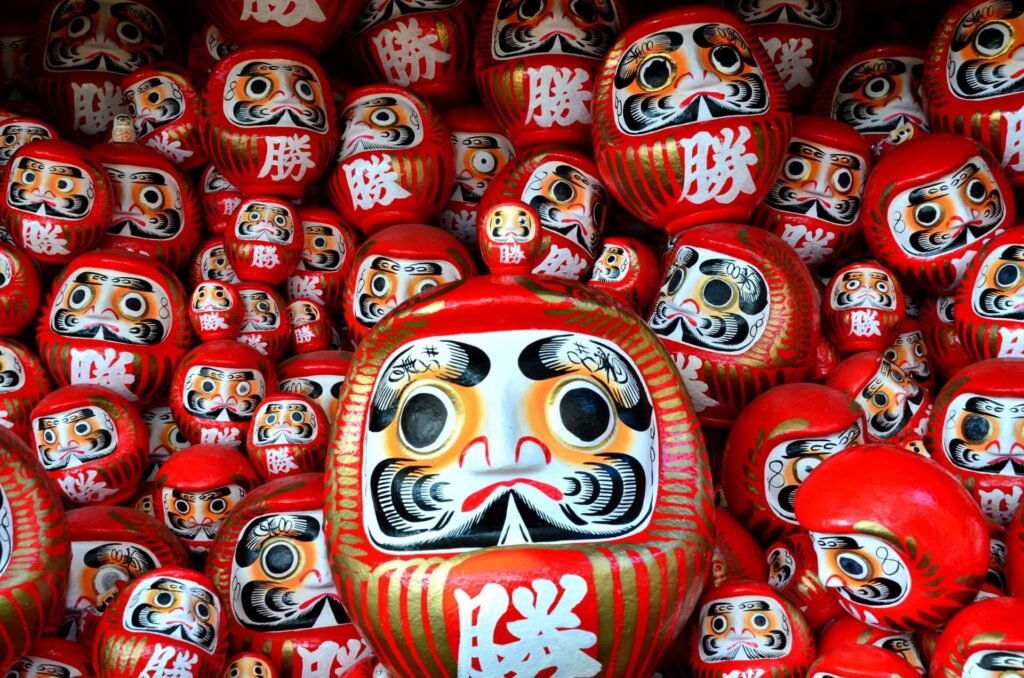
Japanese crafts date back thousands of years, with roots in the Jomon period (14,000–300 BCE). Initially functional, these crafts gradually evolved into sophisticated art forms influenced by Zen Buddhism and Shintoism. Natural materials like clay, wood, and silk played a central role, showcasing the harmonious relationship between Japanese culture and its environment.
Popular Traditional Crafts in Japan
Pottery and Ceramics
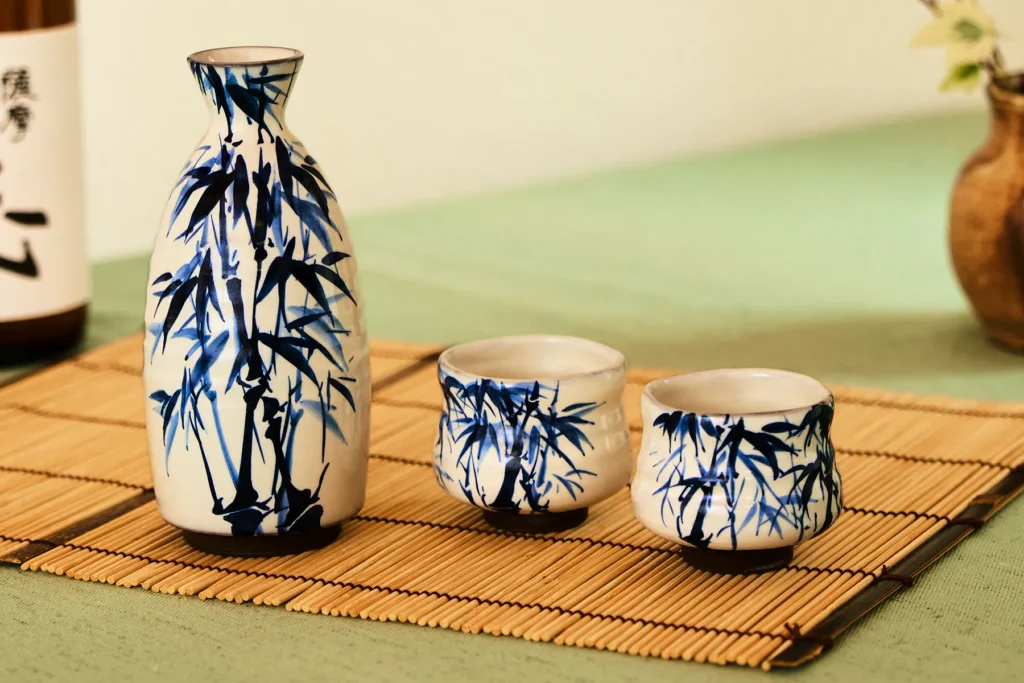
Japan’s pottery tradition is among the oldest in the world. Styles like Kyo-yaki (Kyoto ware) and Kutani-yaki (Ishikawa ware) are known for their intricate designs and vibrant colors. Tea ceremony wares, such as Raku bowls, epitomize simplicity and elegance, embodying wabi-sabi—the beauty of imperfection.
Ikebana (Flower Arrangement)

Ikebana transforms floral arrangements into living art. Rooted in Buddhist rituals, it emphasizes balance, harmony, and minimalism. Today, Ikebana schools across Japan continue to teach its meditative practice, blending traditional and contemporary aesthetics.
Origami
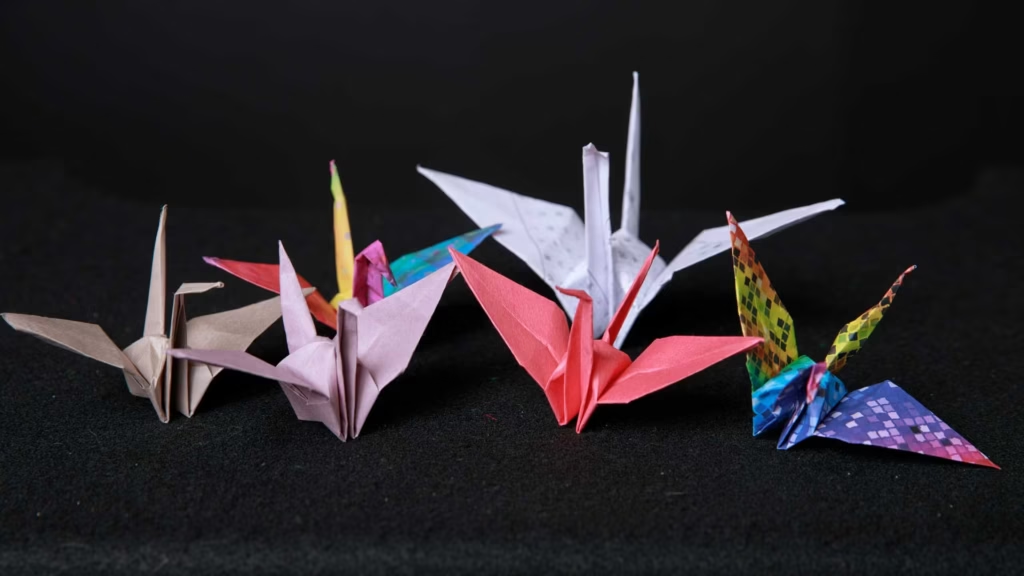
Origami, the art of paper folding, has enchanted people worldwide. Originating in the Heian period (794–1185), it remains a symbol of creativity and patience. From festive decorations to intricate sculptures, origami is both a cultural symbol and a recreational activity.
Kimono Weaving and Dyeing
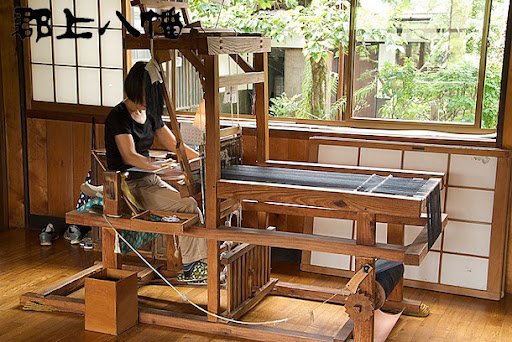
The kimono, Japan’s iconic garment, represents a culmination of textile artistry. Techniques such as yuzen dyeing and Nishijin weaving highlight regional craftsmanship. Each kimono tells a story, with patterns and colors reflecting seasonal themes or family crests.
Japanese Lacquerware
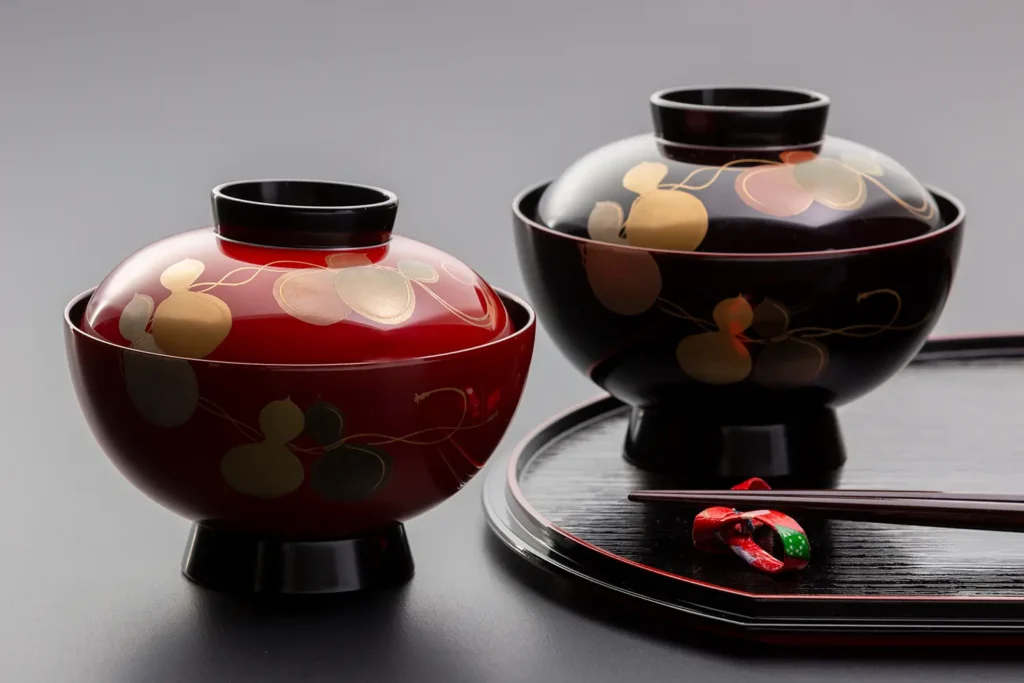
Known as urushi, lacquerware combines durability with beauty. Artisans use tree sap to create glossy finishes on bowls, trays, and furniture. Regions like Wajima and Aizu are famous for their unique lacquer styles.
Woodworking and Joinery
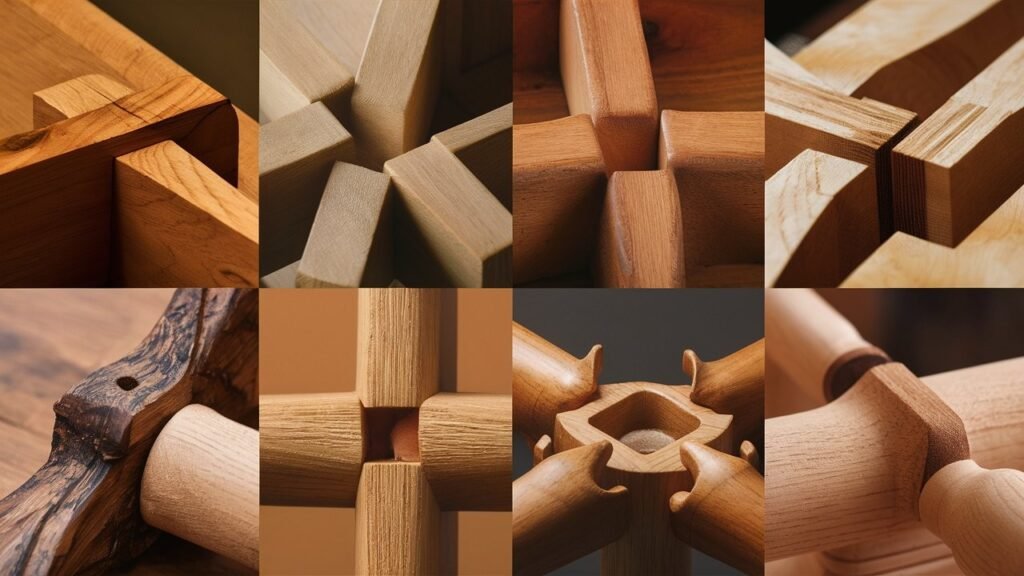
Japanese carpentry, admired for its precision, involves traditional joinery techniques without nails. This method is evident in temples, shrines, and wooden furniture, showcasing both functionality and aesthetics.
Experiencing Japanese Crafts Firsthand
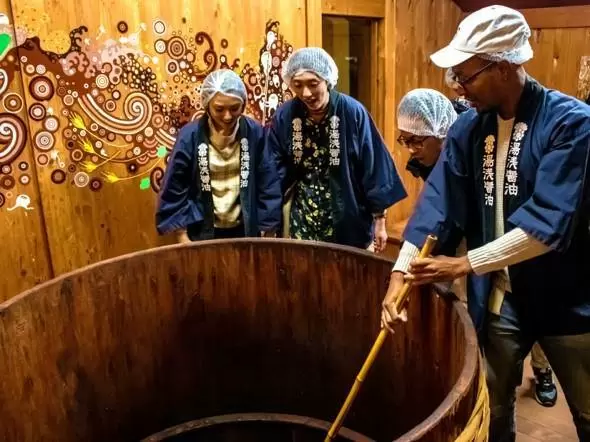
Workshops and Classes for Visitors
Many cities offer hands-on workshops where visitors can try their hand at pottery, calligraphy, or fabric dyeing. Kyoto, Kanazawa, and Tokyo are popular hubs for such experiences, allowing travelers to learn directly from skilled artisans.
Festivals Celebrating Traditional Crafts
Seasonal festivals like the Takayama Spring Festival and the Mino Washi Festival spotlight traditional crafts. These events feature live demonstrations, market stalls, and opportunities to purchase handmade items.
The Role of Traditional Crafts in Modern Japan
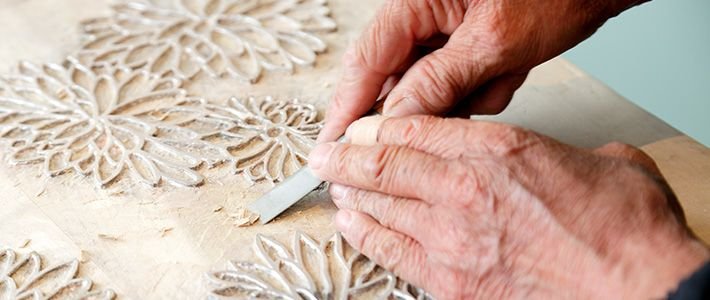
Revival and Preservation Efforts
Efforts to preserve Japan’s craft heritage include designating certain crafts as Intangible Cultural Properties. However, challenges like declining artisan numbers and changing consumer preferences remain.
Integration with Modern Design
Japanese crafts are finding new life in modern contexts. From lacquered smartphone cases to minimalist pottery, the fusion of tradition with innovation ensures these crafts remain relevant.
Shopping for Traditional Crafts
For authentic crafts, visit specialty stores, craft villages, or department stores like Mitsukoshi. Look for quality markers such as artisan signatures or government-certified labels to ensure authenticity.
Also visit:
Plan Your Adventure: Top Hiking Trails in Colorado for Weekend Getaways
The Most Scenic Top Hiking Trails in Colorado for Stunning Views
Explore Beyond Rome and Venice: Hidden Gems in Italy
Hidden Gems in Italy: Your Guide to Offbeat Adventure
Hidden Germs in Italy: Unique and Undiscovered Places
The Best Beaches in Florida for Nature Lovers
Conclusion
Exploring traditional crafts in Japan offers a window into the nation’s soul. Whether you’re folding origami, weaving a kimono, or simply admiring pottery, these experiences foster a deeper appreciation for Japanese culture. So, pack your bags and immerse yourself in this timeless artistry—you won’t regret it!




